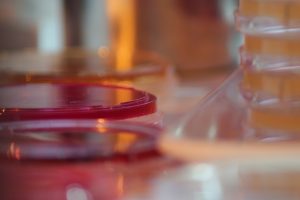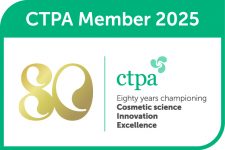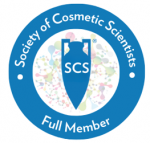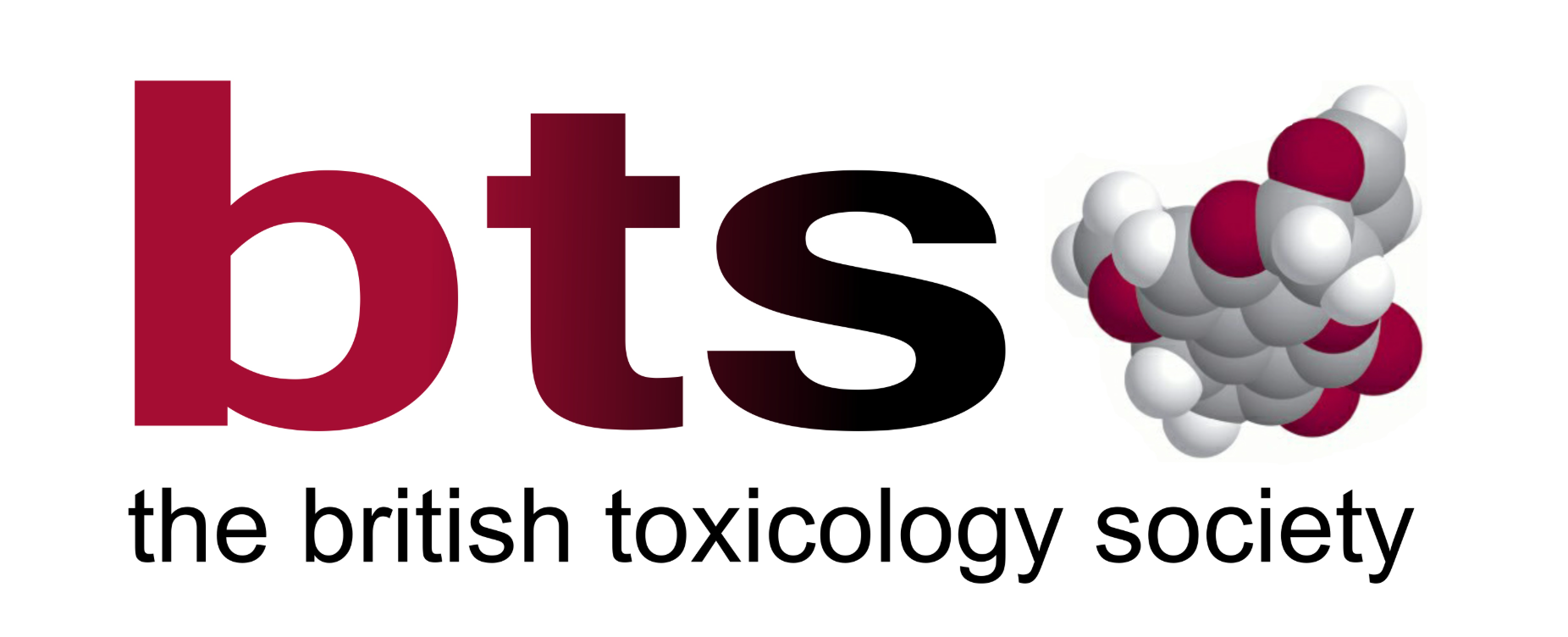Microbial quality in cosmetics
 In Part 1 of looking at aspects related to microbes in cosmetics, I wrote about what a microbe is, what are the requirements for testing – purity and stability and why this is important when making and selling cosmetic products. In Part 2 I will discuss the microbiological testing that is recommended / required for cosmetic products.
In Part 1 of looking at aspects related to microbes in cosmetics, I wrote about what a microbe is, what are the requirements for testing – purity and stability and why this is important when making and selling cosmetic products. In Part 2 I will discuss the microbiological testing that is recommended / required for cosmetic products.
Testing Methods – Quantitative (Counting Colonies), Qualitative (Present / Absent)
As a general rule, if your product contains water each batch should be tested to count any microbial colonies and ensure there are no pathogenic (disease-causing) bacteria present. This shows that the product has not been contaminated during the manufacturing and packaging process. This testing requires a specialist laboratory – it is very complex and in-depth, but it isn’t a hugely expensive test.
This test is called TVC (Total Viable Count) or TAMC (Total Aerobic Microbial Count). This test measures the total number of viable aerobic microorganisms present in a cosmetic product. It includes bacteria, yeast, and moulds. Aerobic microbial count indicates the overall microbial load. The limits for TAMC vary depending on the type of cosmetic product.
Limits are <102 Colony Forming Units (CFU)/g or mL for “Category 1” eye area and baby care products and <103 for other categories.
Each batch should also be tested for the presence of Specific Pathogens. Certain pathogenic microorganisms, such as Staphylococcus aureus, Pseudomonas aeruginosa, Escherichia coli (E. coli), and Salmonella are particularly concerning in cosmetics. Tests are conducted to detect the presence of these pathogens as they can lead to infections and other health issues.
The microbiological world consists of many, many thousands of different organisms, but to simplify matters, numerous associations and bodies have narrowed the list of organisms to be tested in cosmetics to make it more manageable from the general classes: Bacteria, Yeast, Mould. The choice of organisms is based on what is harmful, and what could be expected to be found. It is not the complete list of possible contaminants, and it is important to remember this, if you ever get a situation where your product has suspected microbial contamination. The testing could have produced a negative result, but it doesn’t necessarily mean that product does not have some contamination.
Preservative Efficacy Testing (PET) a.k.a. Challenge Test
Cosmetics often contain preservatives to inhibit microbial growth. Preservative efficacy testing assesses the effectiveness of these preservatives over time, ensuring that they maintain their antimicrobial properties throughout the product’s shelf life. This test involves exposing the cosmetic product to a known concentration of specific microorganisms to evaluate the product’s ability to resist microbial contamination. It helps assess the robustness of the product against potential microbial challenges. It is good practice to re-do the microbial testing after the product has been stored for the full length of the proscribed shelf-life, or after a period of storage at accelerated / elevated temperatures to ensure the product remains microbiologically safe throughout its intended shelf life.
Which Organisms are used in the tests?
The organisms chosen by most methods are 3 types of Bacteria (Pseudomonas aeruginosa, Escherichia coli, Staphylococcus aureus), a yeast (Candida albicans), and a mould (Aspergillus brasiliensis). The sample is inoculated at intervals up to 28 days. Criteria include log reductions in viable cells over 28 days with no increase from the previous count.
The testing regime is not standardised across the industry and the Regulation doesn’t specify which testing should be performed. In 2012 a specific testing guideline for cosmetic products was issued (ISO 11930) which has helped the industry. Note, that the testing method in this guideline is not as stringent as other available methods and consideration should be made to not use this method for baby products or eye products. Other tests are European Pharmacopoeia (Ph. Eur or EP), US Pharmacopoeia (USP), British Pharmacopoeia (BP), Colipa test. Some preservative manufacturers also devise their own testing regimes.
Criteria A / Criteria B
Generally a result is given as to whether it complies with ‘Criteria A’ or ‘Criteria B’.
Criteria A generally represents the more stringent or strict microbial contamination limits. Products that meet Criteria A standards are considered to have a high level of microbiological quality and are less likely to pose a risk of infection or other health issues to consumers. Criteria A testing is often applied to products that come into direct contact with the body, and these products require a higher level of microbiological purity due to their potential to cause serious harm if contaminated.
Criteria B, on the other hand, signifies less stringent microbial contamination limits. Products that meet Criteria B standards may have a slightly higher level of permissible microbial content but are still considered to be within acceptable limits for safety if other control measures are put in place, such as packaging where the product is dispensed without touching.
In summary, Criteria A and Criteria B testing in microbiological analysis provide a classification system for setting microbial limits in products. The choice between Criteria A and Criteria B depends on the nature of the product and its intended use. Stricter criteria are applied to products with a higher risk of causing harm if contaminated, while less stringent criteria may be acceptable for products with lower risk. Adherence to these criteria is crucial for ensuring the safety and quality of pharmaceuticals, cosmetics, and other products that come into contact with the human body.
Water Activity Testing
Microorganisms require a certain level of water activity (Aw) to thrive. Water activity testing assesses the availability of water in a cosmetic product, helping to predict its susceptibility to microbial contamination. Most bacteria require Aw ≥0.90, while moulds can grow down to 0.60. Reducing Aw by adding salts, sugars, glycols limits microbial growth.
If you want to talk to the Assessor about any new projects, you can arrange a call.
About the Author

Geraldine Garrs is a member of the Royal Society of Chemistry, CTPA, British Toxicology Society and the Society of Cosmetic Scientists. Geraldine is an independent Cosmetic Safety Assessor and Chartered Chemist with over nine years of experience helping more than 700 brands ensure their cosmetic products are safe and compliant. She specialises in preparing Cosmetic Product Safety Reports (CPSRs) for UK and EU. Geraldine is passionate about supporting small cosmetic businesses and simplifying complex regulations. Learn more at www.generalcosmeticsafety.co.uk
Get in Touch
If you’d like to discuss any of your products or ranges, please use the contact form here.
Qualifications: CChem (Royal Society of Chemistry). MSc (Distinction), University of Strathclyde, BSc (Hons) Chemistry, University of Nottingham and Certificate – Safety Assessment of Cosmetics in the EU, Vrije University Brussels





